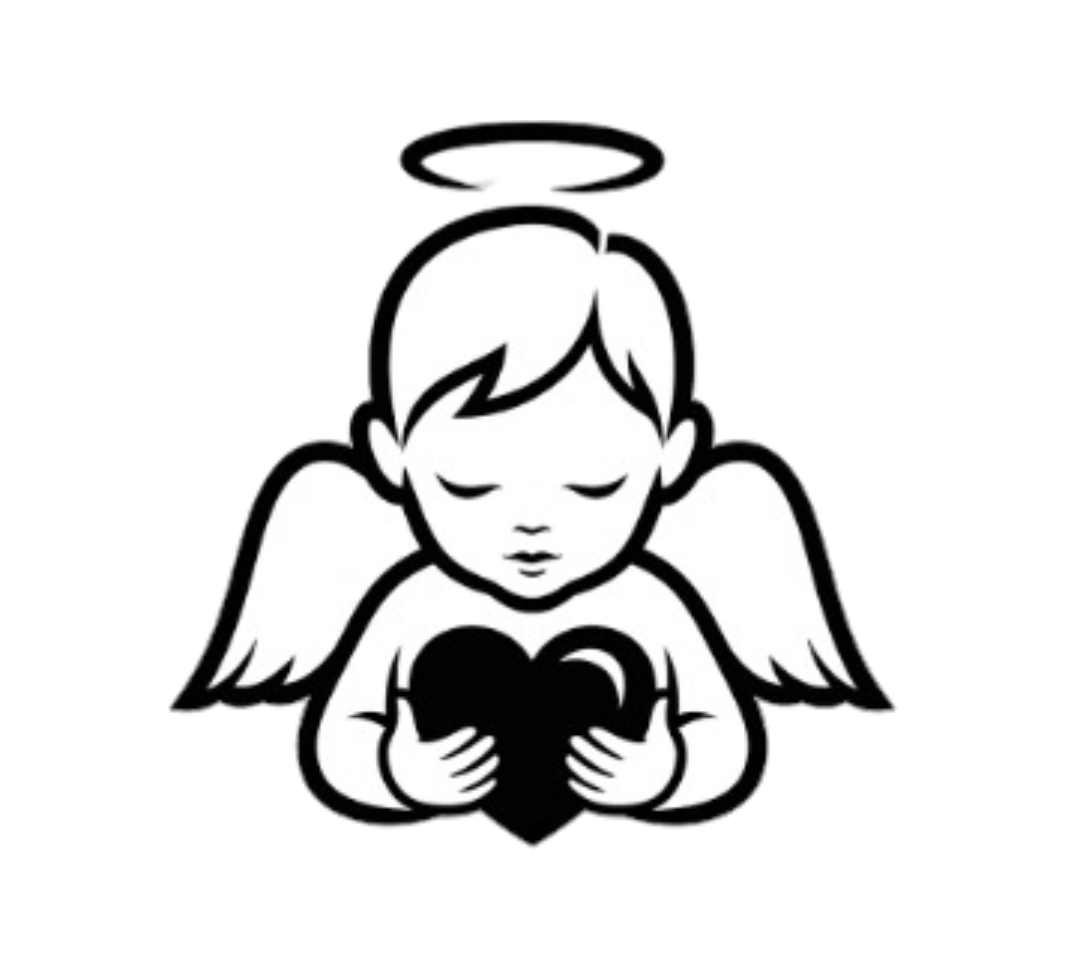Taming the Little Monster: Using Stories to Navigate Big Feelings of Anger
It’s a scene every parent knows. One minute, everything is calm; the next, a tiny volcano erupts over a broken crayon or the wrong color cup. A full-blown tantrum, complete with stomping, yelling, and tears, can leave parents feeling exhausted and overwhelmed.
If this sounds familiar, take a deep breath. These emotional explosions are not a sign of "bad behavior," but a normal, healthy part of development. Your child’s prefrontal cortex—the part of the brain that handles impulse control and emotional regulation—is still very much under construction. Their anger feels enormous because they literally don’t have the hardware yet to manage it.
Our job as parents isn’t to stop the anger, but to act as their guide. We need to give them the tools to understand this powerful emotion and navigate it without hurting themselves or others. One of the most effective ways to do this is through the gentle power of stories.
Stories give our children a name for their feelings, show them they aren’t alone, and model healthy coping strategies in a safe, relatable way. We’ve picked out three fantastic books that do just that, each offering a unique tool for your child's growing emotional toolkit. Best of all, as of July 2025, all three are available to borrow from the Public Library of Cincinnati and Hamilton County!
Building the Toolkit: Three Books to Tame a Temper
1. For the First Fizzles: Little Unicorn is Angry by Aurélie Chien Chow Chine
Best For: Toddlers and preschoolers (Ages 2-4) who are just beginning to experience and express anger.
The Story: In this simple and charming board book, Little Unicorn gets angry when his sandcastle is knocked over. The story follows him as he feels the anger in his body and learns a few simple, physical ways to let it out without causing harm.
The Tool it Teaches: Naming the Feeling & Safe Physical Release. This book is a perfect first step. It gives the youngest children a simple word—"angry"—for the hot, fizzy feeling they're experiencing. It also models simple, actionable coping mechanisms, like stomping your feet or making a grumpy face, teaching them that it’s okay to have the feeling and providing a safe outlet for it.
2. For When Anger Feels Bigger Than You: Ravi's Roar by Tom Percival
Best For: Preschoolers and early elementary kids (Ages 3-7) who struggle with losing control when they get frustrated.
The Story: Ravi is the smallest in his family, and one day, after a series of frustrations, he gets so angry that he turns into a roaring, grey tiger. At first, being a tiger is great—he can roar and smash and do whatever he wants! But he soon realizes that his roar is scaring everyone away, and he feels very lonely. He learns that to get back to being Ravi, he needs to use his words to apologize and explain his feelings.
The Tool it Teaches: Understanding Consequences & Using Your Words. This book brilliantly visualizes how anger can feel like it takes over your whole body. It teaches a crucial lesson about consequences: while letting your "roar" out might feel powerful in the moment, it can push away the people you love. Ravi’s journey shows that the true power lies in calming down and using your voice to communicate what’s wrong.
3. For Anger That Comes from Hurt: Fighting Words by Leonarda Carranza
Best For: Elementary-aged children (Ages 5-9) who are navigating the complex social world of school and friendships.
The Story: This powerful picture book explores how words can be used to hurt others. It shows how racist and discriminatory words can make a child feel angry, sad, and confused. The story doesn't offer easy answers but validates the child's feelings of hurt and anger as justified responses to injustice.
The Tool it Teaches: Validating "Righteous" Anger & Seeking Support. Not all anger is about a broken toy. This essential book teaches children that sometimes anger is a signal that something is wrong or unfair. It opens the door for vital conversations about prejudice and respect, teaching kids that when they feel this kind of anger, the solution is not to swallow it, but to talk about it with trusted adults who can provide support and understanding.
By reading these books during calm, quiet moments, we give our children a chance to practice for their big feelings. We give them the words, the strategies, and the reassurance they need to know that anger is just a feeling—it isn’t who they are. And by helping them tame their little monsters, we empower them to become the brave, compassionate heroes of their own stories.
